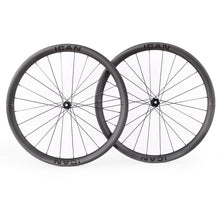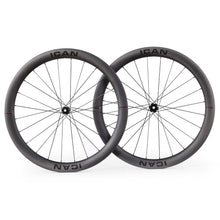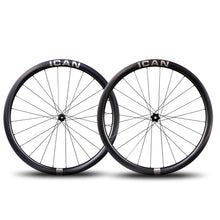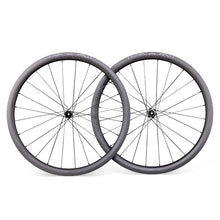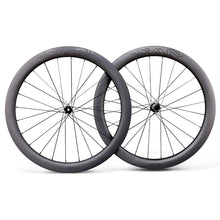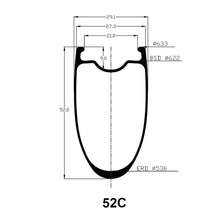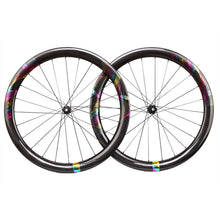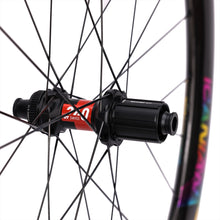News
Bike Maintenance Guide
Basic bicycle mechanics is essential knowledge. Just like any other skill, you can learn basic bicycle mechanics through practice. Without some TLC, your bike is at a disadvantage to perform at its best, or live longer. Regular bicycle maintenance prevents unsafe events and costly replacement of bicycle parts. Bicycle maintenance does not have to be difficult. Simple things like cleaning your bike constitute maintenance. Below are some essential bicycle maintenance tips.
Ⅰ. Keep Your Bike Clean
Keeping your bike clean could mean regularly cleaning your bike or not allowing dirt to sit on your bike for a long time. Either way, your bike has to remain clean so that it may perform in the highest levels of safety and reliability. Cleaning your bike doesn't have to be complicated. All you need is to create a cleaning routine and gather some necessary materials and tools for cleaning. What are these bike cleaning material? All you need is a bucket, some soapy water, a bike specific brush, a soft sponge, a dry towel, and a bike cleaner. With a bucket and soapy water, the process is quite simple. Soak the sponge in water and clean the frame and the wheels. Dry your bike after washing it with a dry towel. You can use an air compressor (if you have access to one) to dry areas that are hard to reach. Areas like the chain, the cogs, the rear derailer, pedals, under the saddle, and the stem. You may also use a hose or pressurized water to clean your bike; however, you should be cautious.
The Dos and Don’ts of Bike Cleaning
|
DOs |
DON’Ts |
|
In case you are using a pressurized hose, power it down to the “Shower mode” and clean the non-greasy parts of the bike. |
Do not force water into the headset, the bottom bracket, and the hubs. |
|
Remove the dirty grease that builds up on the jockey wheels of your rear derailer with a flat blade screwdriver. |
When using a bicycle clamp stand on a carbon bike, do not tighten the clumps so much; it may crush the carbon saddle post. |
|
While cleaning you drive train (cassette, chains, and cogs), use a degreaser before you jet some water. |
Ⅱ. Lubricating Your Bike
Lubrication is essential to your bike; it allows the moving parts like the drive train and hubs to move smoothly and effectively. Apart from the moving parts, other areas equally need lubrication. Areas like the seat post, headset bearing, and the pedals need some grease or any grip paste. Before you apply lubricant to your drive train, make sure that your chain, rear derailer, and the cassette is clean and dry. You can clean your drive train by scraping out the mud from the rear derailer with a flat blade screwdriver, applying some degreasing solution and brushing away the old grease, then spraying the areas of interest with a jet of clean water. You cannot apply lubrication oil or grease on wet surfaces. You want to let it dry before you start lubricating. You can speed up the drying process by spraying compressed air through the cogs and the areas that are hard to reach.
Once your drive train is clean and dry, you can lubricate your chain and cogs. Use your bicycle specific lube or any other recommended lubricating agent to grease-up your chain. You can accomplish this by pedaling backward and dripping the lubricant over your chain. You can also lube-up your derailers, and pedals with spray-on lube.

Ⅲ. Tighten Your Nuts and Bolts
Not only does adjusting your bolts increase the life of your bike, but it also keeps you safe. With time, bolts submit to stress and loosen. You may not realize it, but your safety is at risk. Tighten your bolts, or ensure that they are tight from time to time. How do you accomplish this maintenance tip? What tools do you need? All you need is a torque wrench, a simple bolt tightening tool that will help you avoid component failure.

Torque wrench in use.
Ⅳ. Replace Your Chain Regularly
As you ride your bike, the chin is subject to tensional forces. With time this stretch and ware from frictional forces with the cogs may overpower the chainrings causing the component to break. Worn chainrings also damage the gears; and if ignored, you may have to replace your groupset or drive train. Replacing your chain from time to time saves you money in the long run.
Ⅴ. Inspect Your Tires
Tires offer traction, rolling resistance, and stability. Ensuring that your tires are up to standard is not only a matter of performance but also safety. Worn out tires do not brake well thus increasing the chances of injury. In the cycling world, there are two types of tires; tubeless options and inflatable alternatives. Tubeless tires are immune to punctures; this does not mean that they are lifetime items. Check the surface of your tubeless tires for any cracks or signs of wear. According to your judgment, replace the tires when necessary.
Inflatable tires are prone to punctures of the tube, deflation, and wear of the tires. Before any trip, check the pressure of your inflatable tires. Regularly replace the tire once the wear on the treads is evident. Every bike owner should learn how to repair a flat tire. There are tube patches that are available in cycling stores that can be of help.
Ⅵ. Inspect Your Brakes
Brakes are essential for the safety of the rider. Whichever breaking system your bike is using, it is crucial that you learn the basic maintenance protocols for your braking system. Check your cables and hydraulics regularly. Brake pads are subject to friction; and with time, they wear and need replacement. Pay attention to the state of your brake pads and adjust accordingly.
Bikes are expensive; your purchase is an investment. It is essential that you look after your bike. Regular and straightforward maintenance efforts can go a long way in prolonging the life of your bike, saving you money, and keeping you safe. With the tips above you are sure to enjoy your cycling lifestyle more.
2 comments
-
Posted on by
-
Posted on by
